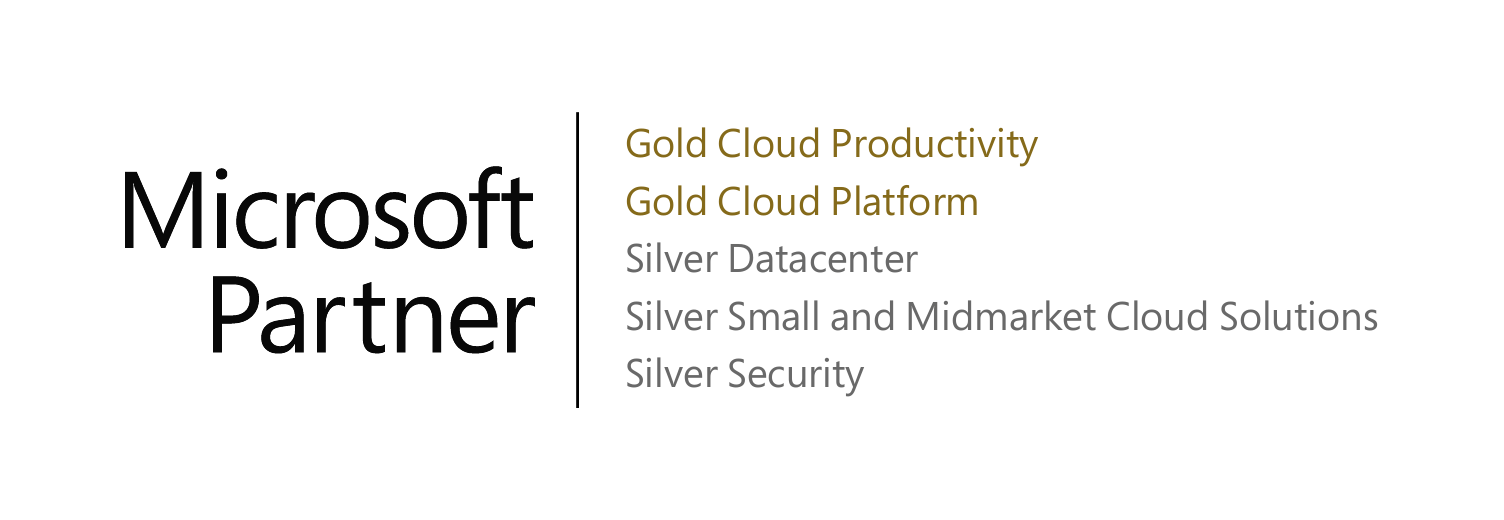As organizations grow and evolve, they often need to migrate from one M365 environment to another – a task that seems simple, but often presents its own set of challenges. In this blog post, we will explore the complexities and hurdles associated with M365 to M365 migrations, and provide insights for businesses that need to make this type of a transition.
Migrating from one Microsoft 365 environment to another can be necessary for a variety of reasons. Here are some of the more common reasons for a migration:
- Mergers and Acquisitions: When two companies merge or one company acquires another, there might be a need to consolidate M365 environments to ensure unified communication, collaboration, and data management.
- Divestitures and Spin-offs: In situations where a part of the organization is divested or spun off into a separate entity, migrating to a new M365 environment is needed to establish distinct technology and communication platforms.
- Technology Upgrades: Organizations may choose to migrate to take advantage of the latest features, tools, and capabilities to improve efficiency and productivity.
- Geographic Expansion: When a company expands its operations to new regions or countries, setting up a new M365 environment can ensure compliance with local regulations, data residency requirements, and regional communication needs.
- Consolidation of Tenants: Enterprises that have multiple M365 tenants due to historical reasons or separate business units might opt to consolidate these tenants into a single environment for better management and collaboration.
- End of Support or Licensing Changes: As Microsoft phases out support for older versions or changes licensing models, organizations may migrate to a new M365 environment to ensure they have up-to-date software and access to Microsoft's latest services.
- Data Center Relocation: Organizations relocating their data centers or transitioning to a new hosting provider might choose to migrate their M365 environment to the new infrastructure.
Whatever your reason, migrating presents a series of challenges that require careful planning, technical expertise, and a strategic approach. But organizations that successfully navigate these challenges can reap the rewards of improved collaboration, enhanced productivity, and a more agile digital workplace.
Migration Challenges
Data Migration and Integrity
One of the most critical challenges during M365 to M365 migrations is ensuring a seamless transfer of emails, documents, calendars, and other essential data. Differing structures, metadata formats, and compatibility issues can complicate the process, potentially leading to data inconsistencies or loss.
User Adoption and Training
Transitioning to a new environment can be met with resistance from users who are comfortable with their existing tools and processes. Proper user training and change management strategies are essential to ensure a smooth adoption of the new platform. Organizations must invest in educating their teams about the benefits of the migration and provide comprehensive training to minimize disruptions and maximize productivity.
Customization and Configuration
Each organization's M365 environment is unique, with specific customizations, configurations, and integrations. Replicating these settings in the new environment requires careful planning and execution. Challenges may arise when dealing with third-party applications, custom workflows, and security settings.
Security and Compliance
Maintaining data security and compliance standards is paramount during any migration. Ensuring that data protection regulations and industry-specific compliance requirements are met can be intricate, especially when dealing with data spread across multiple locations and services.
Downtime and Business Continuity
Migrations inherently come with downtime as data is moved and configurations are adjusted. Minimizing this downtime while ensuring business continuity is a significant challenge. Organizations need to carefully plan migration windows, assess risks, and implement backup and rollback strategies to mitigate potential disruptions to day-to-day operations.
Integration and Interoperability
M365 often needs to integrate seamlessly with other systems and services. During a migration, ensuring that these integrations remain functional can be a challenge. Issues may arise when integrating with CRM systems, third-party applications, or other cloud services, requiring careful testing and adjustments to maintain a cohesive IT ecosystem.
Testing and Validation
Thorough testing and validation are crucial to identify and rectify issues before they impact users. Organizations must create a comprehensive testing strategy that encompasses data migration, functionality, performance, and security. Rigorous testing helps uncover potential pitfalls and ensures a smooth transition for end-users.
Conclusion
To overcome the hurdles of M365 to M365 migrations, businesses should collaborate with experienced IT professionals, develop a comprehensive migration strategy, and prioritize user training and change management. By addressing data integrity, user adoption, customization, security, downtime, integration, and testing, organizations can pave the way for a successful migration that sets the stage for future growth and innovation.
IT Disaster Recovery Downtime Calculator
Downtime can be devastating.
Do you know how much a potential IT incident would cost your organization?
Find out now by using our simple Downtime Cost Calculator.
IT Disaster Recovery Downtime Calculator
Downtime can be devastating.
Do you know how much a potential IT incident would cost your organization?
Find out now by using our simple Downtime Cost Calculator.




